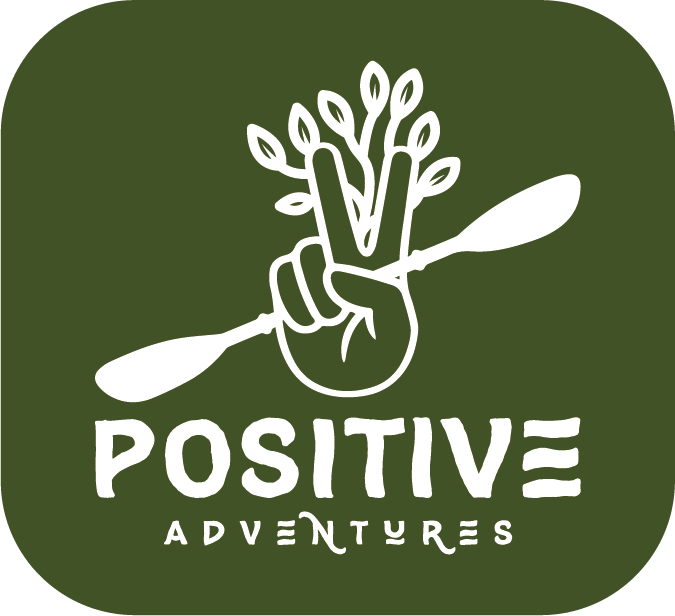When I woke up last Sunday morning and reflexively tried to open TikTok, I was greeted with a jarring message: “A law banning TikTok has been enacted in the U.S.” Despite the inconvenience, I breathed a sigh of relief.
Using social media for entertainment is relatively harmless. Unfortunately, many rely on social media for serious news and information. That’s no surprise. It’s visual. It’s often presented humorously and engagingly. And we get it in quick injections, rather than the tediously slow drip of newspapers and cable shows.
We used to learn what’s going on in the world from writers and reporters. Now we learn it from the bro on TikTok sitting at his gaming computer pounding energy drinks, or the girl doing her makeup in her rearview car mirror citing unverifiable accounts that “prove” the moon landing was fake. We used to get our nutrition information from boring old scientists. Now we get it from “fitness gurus” whose heads definitely aren’t about to explode from steroid abuse, hawking meal supplements on their podcasts. Call me old school, but I’ve always valued journalists and scientists more than memes and rage-inducing short-form videos.
I guess that’s why they have millions of followers, while I run a small town opinion website.
Look, I’m not naïve. I know traditional media isn’t exactly filled with Walter Cronkites. All newspapers and TV channels have owners, those owners have biases, and those biases creep into the coverage – sometimes egregiously. But what makes social media so dangerous is the same thing that makes it so attractive: its unfiltered smorgasbord of content. In this lawless information ecosystem, propaganda, viral dances, bigoted vitriol, AI deepfakes, cute animal videos, and even a little honest news, are all fried together in a giant pan and served to us like that mystery meat your lunch lady used to plop on your tray in high school. Even the sharpest and most diligent among us can’t be expected to pick out the edible morsels from the pile of slop. That’s why, when TikTok went dark, I was relieved. Because for a few hours, the relentless online buffet of misinformation had, at the very least, become a la carte.
How do we keep enjoying social media for its fun content and relevant information, without losing ourselves in rabbit holes of misinformation? The answer is media literacy.
Aristotle famously said, “the mark of an educated mind to be able to entertain a thought without accepting it.” That’s basically what media literacy is – the ability to take in information from various sources with (potentially) various biases, process that information, weigh the legitimacy of the source, and make up your mind based on those contextual components. Think of it like driver’s ed. Once you learn the basic mechanics of driving a car, that car is yours to steer wherever you want. Without media literacy, we’re essentially learning to drive from our drunk uncle who thinks red lights are optional, and seatbelts and airbags are tools of the deep state.
Learning media literacy means setting a higher bar of truth, and holding all media (social and traditional alike) accountable for reaching it. It means understanding media consumption as a skill to be refined. Maybe even more importantly, it does not mean throwing up your hands, declaring that all news is biased propaganda, and retreating into the lazy — yet bafflingly prideful — refrain that you “don’t follow the news.” Because trusting no one is the same thing as trusting everyone.
The only way I can think of to ensure we all grow up with this skill, which is becoming increasingly necessary as younger children get their hands on social media, is to teach it in schools. Newburyport High School already offers a Newswriting & Media Literacy elective. This should be a requirement starting at the middle school level, and should be standard state and nationwide. Classes like these aren’t about singling out specific networks or content creators as fake news. They’re about learning how to spot bias, recognize propaganda, identify reliable sources, and understand how misinformation spreads.
For example, The Townie is an opinion website, not a source of news. These articles are not written by journalists, and the views expressed (including mine) should be taken with a grain of salt. I try to make that distinction as clear as possible. Many publications, news stations, and content creators blur the line between fact and opinion, leaving the audience to figure out for themselves whether the information is credible. Media literacy courses prepare students to enter this world of blurred lines. It’s refreshing to see that NHS is staying current and acknowledging the subject’s importance.
Less than 12 hours later, on that same Sunday, I saw yet another jarring message on my phone screen: “As a result of President Trump’s efforts, TikTok is back in the U.S.!”
Sigh. I wondered how many people actually spent those 12 hours reading their news instead of watching it. I wondered how many spent the day more productively (I certainly didn’t). And I wondered if anyone raised an eyebrow at one of the world’s most popular information platforms so transparently currying favor with a sitting president.
Maybe singling out TikTok is unfair. If the app disappeared tomorrow, 10 similar apps would quickly take its place. The answer isn’t to keep cutting heads off the hydra, it’s to build a bulwark of journalistic standards and critical thinking, so we can enjoy the dance videos and cooking tutorials without the residual damage. Media literacy isn’t a silver bullet. We’ll always have to think carefully and critically about everything we consume, and sometimes we’ll still find ourselves driving through a fog. But at least we’ll have headlights and guardrails.
Eben Diskin
Editor, The Townie
Resources:
Mass Media Literacy
Media Literacy Now
NAMLE
Learning for Justice
Media Fact Check
Passionate about a local issue? We want to hear from you. Check out our submission guidelines.
Subscribe to our Newsletter




Leave a Reply